The views expressed in our content reflect individual perspectives and do not represent the authoritative views of the Baha'i Faith.
The Baha’i teachings say that racism – a social pandemic that infects the entire body politic – must become an obsolete, defeated disease through the efforts of all people.
Although this psychological and social pandemic adversely impacts societies all over the world, the Guardian of the Baha’i Faith, Shoghi Effendi, singled out America as the forefront of the fight against racism.
In an open letter, dated December 25, 1938, to the Baha’is of North America, published as “The Advent of Divine Justice” in 1939, Shoghi Effendi famously characterized the problem of rampant racism pervading American culture as America’s “most challenging issue”:
As to racial prejudice, the corrosion of which, for well-nigh a century, has bitten into the fiber, and attacked the whole social structure of American society, it should be regarded as constituting the most vital and challenging issue confronting the Bahá’í community at the present stage of its evolution. The ceaseless exertions which this issue of paramount importance calls for, the sacrifices it must impose, the care and vigilance it demands, the moral courage and fortitude it requires, the tact and sympathy it necessitates, invest this problem, which the American believers are still far from having satisfactorily resolved, with an urgency and importance that cannot be overestimated. – Shoghi Effendi, The Advent of Divine Justice
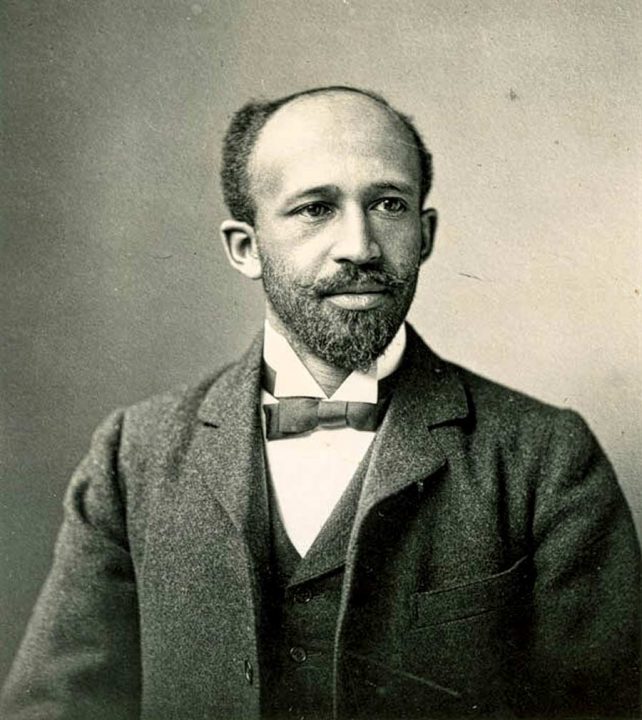
Lawrence A. Hautz, a Baha’i and a close friend of the African American leader, sociologist and anti-racism crusader W. E. B. Du Bois, gave him a copy of The Advent of Divine Justice. The cover of that copy includes a handwritten note from Hautz. (See W. E. B. Du Bois Papers (MS 312). Special Collections and University Archives, University of Massachusetts Amherst Libraries, MS 312 (mums312-b132-i302).)
The Baha’i Faith in America, as this one example and many others show, has a long history of working for racial justice and the eradication of prejudice. The Baha’i teachings offer individual and social salvation from the disease of disunity — from family relations to international relations — that affects humankind as a whole. Historians have begun to acknowledge the power of the Baha’i message and spirit to unite black and white, and all races in general, seen in terms of the number and character of those African Americans who embraced the Baha’i Faith during the later years of Abdu’l-Baha’s ministry .
Of these remarkable individuals, we have a partial record, some of it already explicated earlier in this series of articles. Thanks to the added information provided by the 1935 “Baha’i Historical Record” survey (BHRS), we now have a fuller record of African Americans who embraced the Baha’i Faith during the heyday of Jim Crow racial segregation, which was not only pervasive legally, but socially as well. (For further information, see the Bahaipedia article: “Bahá’í Historical Record Survey”).
Here’s a partial list of these early African American Baha’is, along with the dates and places they first became believers:
- Robert Turner (1898, Pleasanton, California).
- Olive Jackson (1899, New York).
- Carrie York (1906, Washington, DC).
- Pocahontas Pope (1906, Washington, DC).
- Louis G. Gregory (1909, Washington, DC).
- Mrs. Andrew J. Dyer (c. 1909, Washington, DC).
- Alan A. Anderson, Sr. (1910, Washington, DC).
- Louise Washington (1910, Washington, DC).
- Harriet Gibbs-Marshall (c. 1910, Washington, DC).
- Coralie Franklin Cook (c. 1910, Washington, DC).
- Millie York (c. 1910, Washington, DC).
- Nellie Gray (c. 1910, Washington, DC).
- Rhoda Turner (c. 1910, Washington, DC).
- Edward J. Braithwaite (c. 1910, Washington, DC).
- Alonzo Edgar Twine (1910, Charleston, South Carolina).
- Susan C. Stewart (c. 1910, Richmond, Virginia).
- Leila Y. Payne (1912, Pittsburgh, visiting Washington, DC).
- Hallie Elvira Queen (c. 1913, Washington, DC).
- Alexander H. Martin, Sr. (1913, Cleveland, Ohio).
- Mary Brown Martin (1913, Cleveland).
- Sarah Elizabeth Martin (1919, Cleveland, minor daughter (mentioned in a Tablet by Abdu’l-Baha in 1919) later known as Dr. Sarah Elizabeth Martin Pereira).
- Lydia Jayne Martin (1919, Cleveland, minor daughter also mentioned in the above Tablet).
- Alice Ashton Green (1913, Washington, DC).
- Elizabeth Ashton (Alice’s mother, 1913, Washington, DC).
- John R. Ashton (Alice’s father, 1913, Washington, DC).
- Mabry C. Oglesby (1914, Boston).
- Sadie Oglesby (1914, Boston).
- Beatrice Cannady-Franklin (Portland, OR, 1914).
- William E. Gibson (Washington, DC, 1914).
- Rosa L. Shaw (1915, San Francisco).
- George W. Henderson (c. 1915, Nashville, Tennessee).
- Charles Aaron Tomlinson (Oct. 1916), Boston (who introduced the Faith to Zylpha).
- Zylpha O. (Johnson) Mapp, a.k.a. Zylpha Gray Mapp (late 1916, Boston).
- Annie K. Lewis (New York, 1917).
- Alain Locke, PhD (1918, Washington, DC)
- Georgia M. DeBaptiste Faulkner (1918, Chicago).
- Roy Williams (1918, New York).
- Amy Williams (1918, New York).
- Felice LeRoy Sadgwar (c. 1918, Wilmington, North Carolina)
- Dorothy Champ (1919, New York).
- John Shaw (1919, San Francisco).
- Vivian D. Wesson (BHRS: Sept. 8, 1919, Chicago).
- Jeane Marie Stapleton (BHRS: 1920, Minneapolis).
- Caroline W Harris (c. 1920, Harper’s Ferry, West Virginia).
- Mrs. Ellen Jones (BHRS: Summer 1920, Montclair, New Jersey).
- Bishop H. Lewis (BHRS: Jan. 1921, Chicago; married to Annie K. Lewis).
- Edgar Clarence Edwards (BHRS: spring 1921, Chicago).
- Mrs. Carrie Buttler (BHRS: 1921, New York).
These African Americans joined the Baha’i Faith during the Jim Crow era — considered “America’s apartheid” as one of the consequences of American slavery after emancipation. Their inclusion in what, at that time, was a predominantly white faith community was remarkable for those times, when any so-called “race mixing” was not only illegal but punishable in a variety of cruel ways.
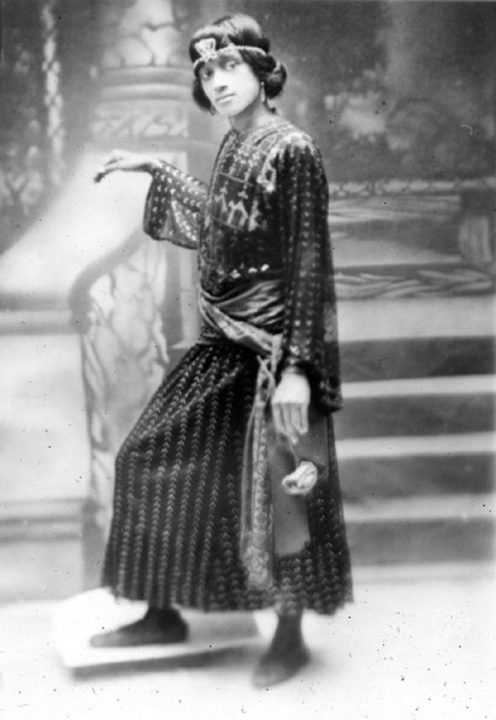
Dorothy Champ 
Alan A. Anderson 
Coralie Franklin Cook 
Alain Locke 
Harriet Gibbs Marshall 
George W. Henderson 
Louis Gregory 
Zylpha Mapp-Robinson (R)
The Baha’i Faith in America became equally notable in its concerted efforts to reach out to African Americans. (For further information, see the section, “The African-American Baha’is by the end of the ministry of Abdu’l-Baha,” in the Bahaipedia article cited above.)
In an obituary titled “Sir ‘Abdu’l-Baha ‘Abbas: Died 28th November, 1921,” published in 1922 in the Journal of the Royal Asiatic Society, the renowned Orientalist Edward Granville Browne paid unambiguous tribute to Abdu’l-Baha, partly in terms of the latter’s efforts in promoting interracial harmony in America and around the world:
The death of Abbas Efendi [sic], better known since he succeeded his father, Baha’u’llah, thirty years ago as Abdu’l-Baha, deprives Persia of one of the most notable of her children and the East of a remarkable personality, who has probably exercised a greater influence not only in the Orient but in the Occident than any Asiatic thinker and teacher of recent times. . . . One of the most notable practical results of the Baha’i ethical teaching in the United States has been, according to the recent testimony of an impartial and qualified observer, the establishment in Baha’i circles in New York of a real fraternity between black and white, and an unprecedented lifting of the “colour bar”, described by the said observer as “almost miraculous”.
Considering his meetings with remarkable people over the course of his own illustrious scholarly career, Browne’s eulogy of Abdu’l-Baha as likely the most influential “Asiatic thinker and teacher” of his day takes on greater significance.
In those days, race constituted a social identity marker and the basis for pervasive social discrimination. One of the early American Baha’is, Andrew Jackson Dyer, said to be African American, or of a “mixed” race, was born in 1847 in Virginia, and died in 1918 in Washington, DC. Dyer was employed as a messenger in a government department. His wife, Maggie Jordan Dyer, became a Baha’i in 1909. Born in March 1858 (also in Virginia) and married around 1876, Maggie J. Dyer was listed as “mulatto” in the 1880 and 1910 United States Census and, yet was listed as “white” in the 1900 United States Census.
Maggie Dyer must have devoted herself to charity for, in that same year, she helped found the “Ladies’ Unity Benevolent Society of the District of Columbia.” (See “Benevolent Society Incorporated,” Evening Star (Washington, DC) Jan. 12 1900, p. 14, courtesy of Richard Hollinger Nov. 8, 2017.)
Andrew and Maggie Dyer’s home became a place that celebrated racial diversity, yet transcended the distinctions of race by raising human identity to a higher plane of unity. On April 24, 1912 – the day after his speech in Rankin Chapel on the campus of Howard University in Washington, DC – Abdu’l-Baha addressed an interracial gathering at the Dyer’s home at 1937 Thirteenth Street NW in Washington, DC. There he lavished these words of praise on one of the rare occasions when the races would socialize together, a social taboo in those days:
A meeting such as this seems like a beautiful cluster of precious jewels – pearls, rubies, diamonds, sapphires. It is a source of joy and delight. Whatever is conducive to the unity of the world of mankind is most acceptable and praiseworthy; whatever is the cause of discord and disunion is saddening and deplorable. Consider the significance of unity and harmony. … In the clustered jewels of the races may the blacks be as sapphires and rubies and the whites as diamonds and pearls. …
When the racial elements of the American nation unite in actual fellowship and accord, the lights of the oneness of humanity will shine, the day of eternal glory and bliss will dawn, the spirit of God encompass, and the divine favors descend. … This is the blessing and benefit of unity; this is the outcome of love. This is the sign of the Most Great Peace; this is the star of the oneness of the human world. – Abdul-Baha, The Promulgation of Universal Peace


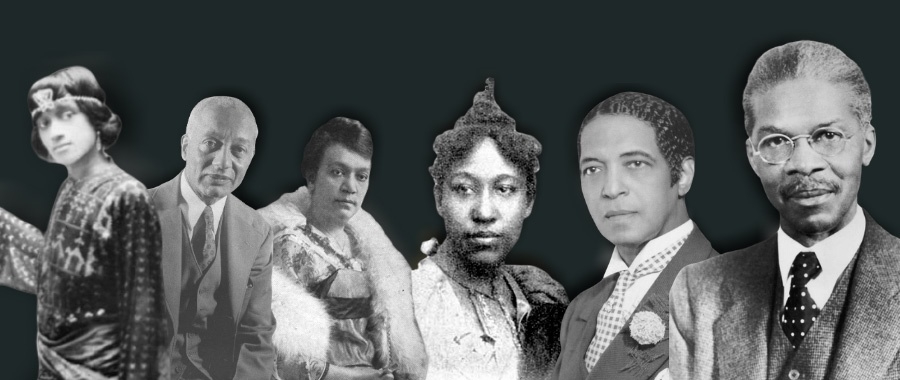
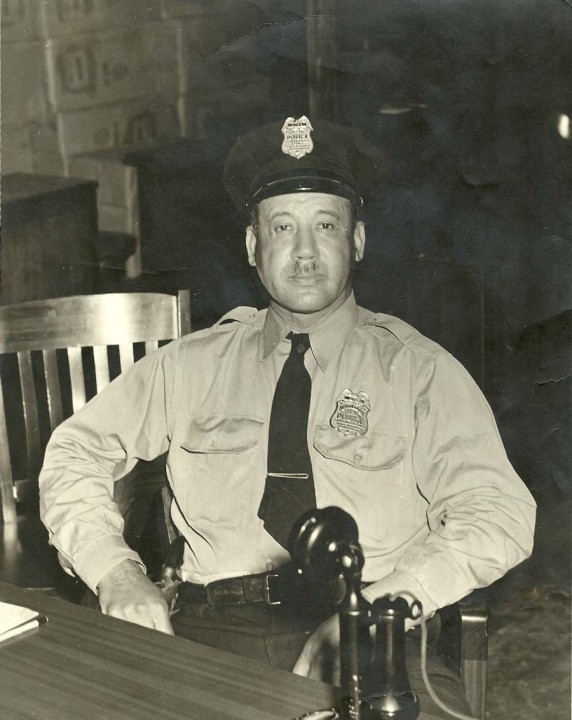
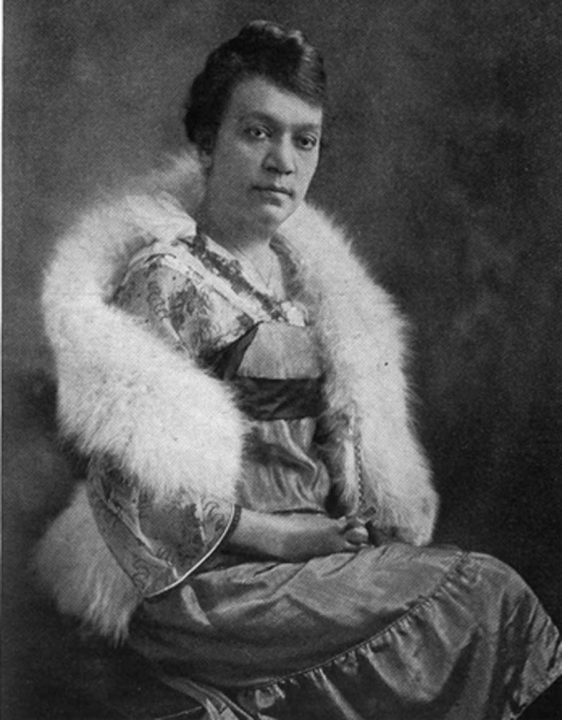
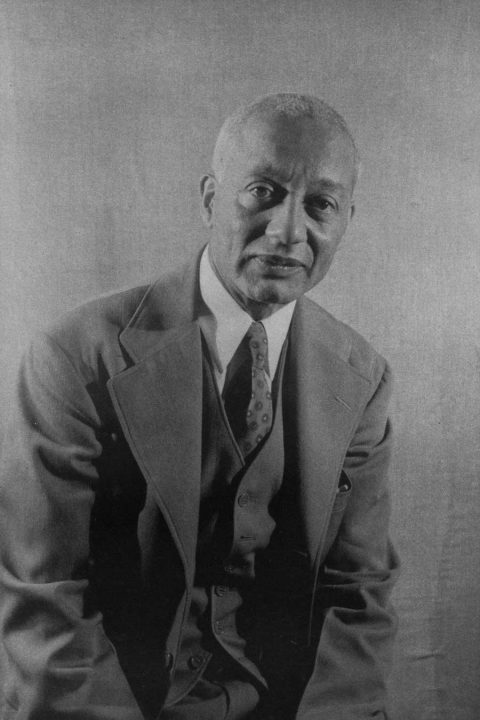
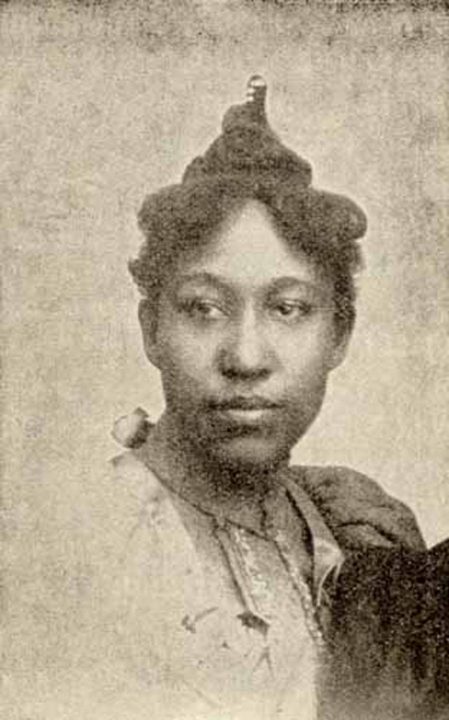
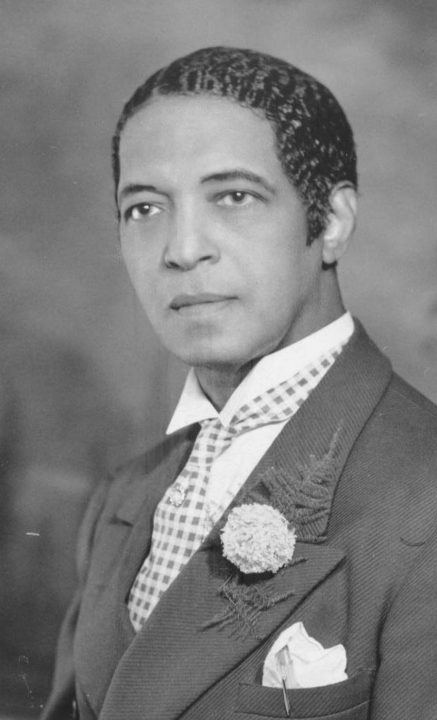
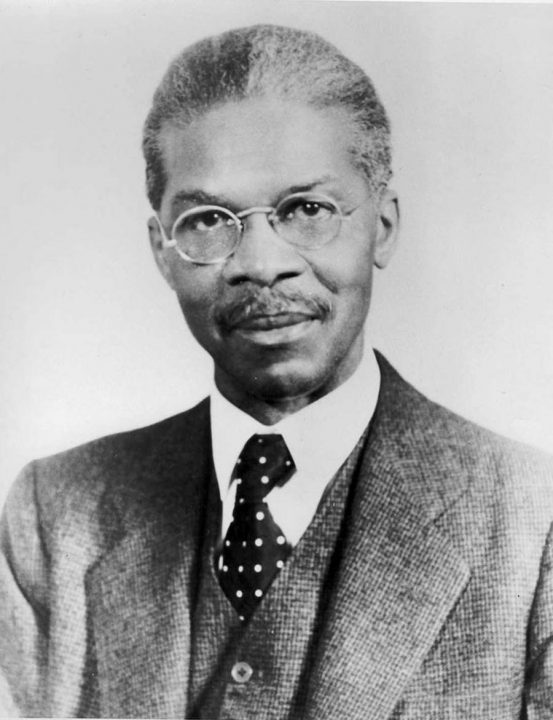
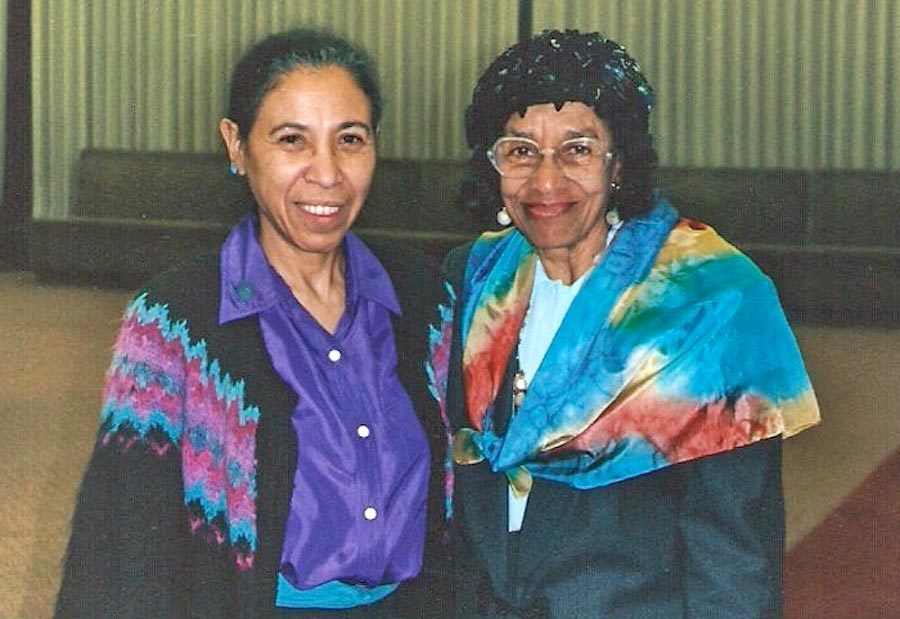



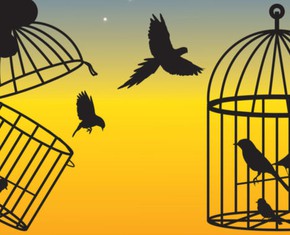
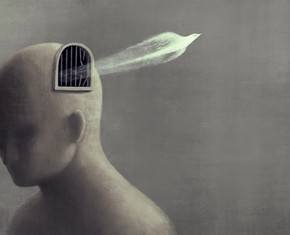









Comments
Sign in or create an account
Continue with Googleor